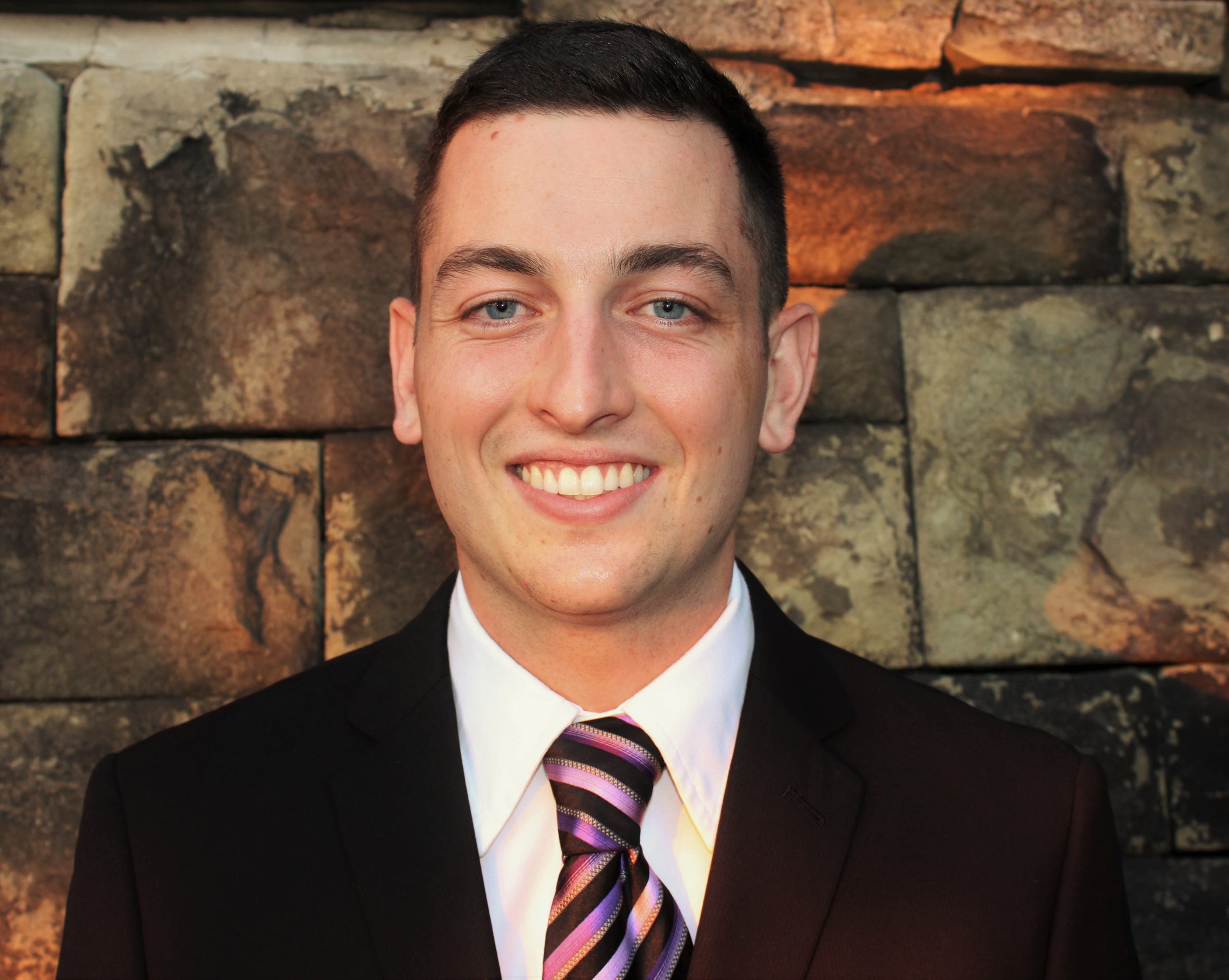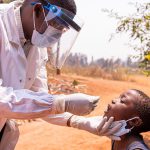Language barriers can create a unique and dangerous gap in the quality of care for people who may have cardiovascular disease, according to new research from the University of Pittsburgh School of Medicine.
Among people with chest pain – a potential indicator of cardiovascular disease, which is a leading cause of death – those with limited English proficiency reported a history of cardiovascular disease three times less often than fluent English speakers. These findings highlight an important disparity in the accessibility of cardiovascular care in the U.S. and were reported in a recently published JAMA Network Open article.

Brandon Herbert, MPH
“In my work at a free clinic where many of the patients had limited or no English, language barriers weren’t always immediately obvious. In some cases, a patient who effectively communicates in English in daily life might not have the vocabulary to describe their medical history,” said first author Brandon Herbert, fellow in the cardiovascular disease epidemiology training program at Pitt. “We need more sensitive ways to screen diverse groups of patients for such important information as cardiovascular disease history.”
Accessible communication between patients and their health care providers is necessary for appropriate treatment and preventive care.
In-person or over-the-phone translators can help lower communication barriers dramatically. However, as in the game of “telephone,” nuances and important details can get lost when messages are relayed through an intermediary, creating miscommunications that negatively affect patient trust.

Dr. Amber Johnson
English-speaking family members of patients with limited language proficiency often serve as helpful translators. But this arrangement can create complications surrounding what the family does and doesn’t know about their loved one’s medical history and what the patient is comfortable sharing.
Coauthor and UPMC cardiologist Dr. Amber Johnson has confronted these challenges firsthand.
“We do everything we can to provide an interpreter whenever it’s needed. But for an uncommon language when in-person or over-the-phone interpreters are unavailable, we have to rely on a family member,” says Johnson. “In these cases, we have to hope that what’s being said by the family member and the doctor is equally and precisely communicated in both ways. Unfortunately, the reliability of exchanged information is hard to verify.”

Dr. Jared Magnani
Johnson and her colleagues have their sights set not only on identifying disparities in care, but also on devising solutions, including the development of tools to more accurately and equitably collect patient information vital to preserving cardiovascular health.
“In general, there’s limited patient education when patients and doctors meet. The 20-minute visit may not be enough,” says Dr. Jared Magnani, UPMC cardiologist and senior author of the publication. “With the population of people with limited or no English proficiency increasing year over year in Pittsburgh, this issue needs more awareness. Doctor-patient communication has to be tailored and customized so that it’s appropriate and clear for all people, regardless of the language they speak.”
Susannah Waxman is a Ph.D. candidate in the Cellular and Molecular Pathology Graduate Program at the University of Pittsburgh School of Medicine. She is participating in the UPMC Science Writing Mentorship Program








